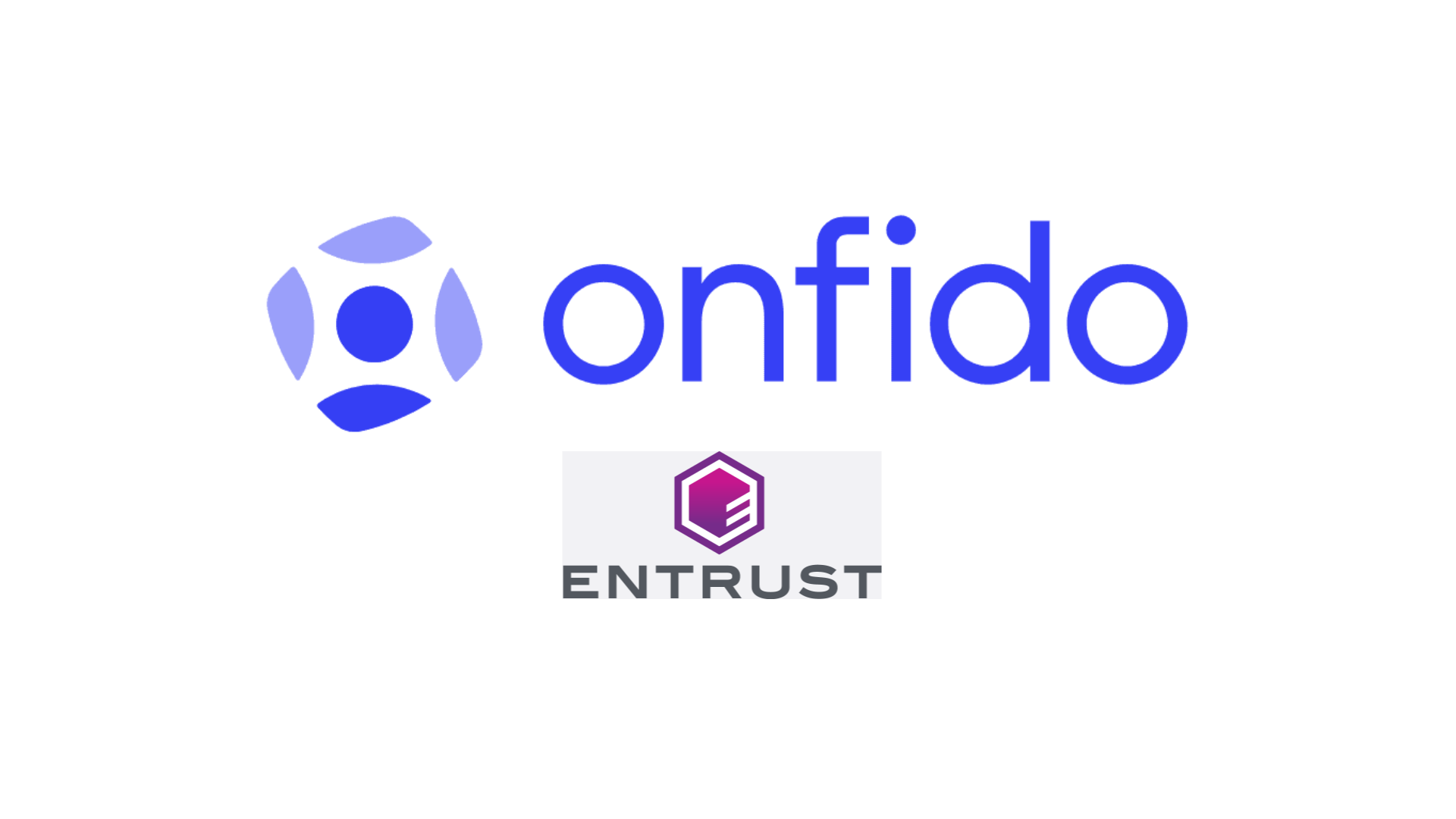
Creating a dependable digital identity solution is no small feat. It involves a blend of technical know-how, careful planning, and a clear understanding of what users and businesses really need. Whether you're building an app for financial services, healthcare, or any platform requiring user verification, getting digital identity right is crucial. This guide lays out a straightforward approach to help developers craft solutions that are solid, secure, and user-friendly.
Why Digital Identity Verification Matters
Before diving into the technical aspects, it’s important to grasp why digital identity verification plays such a critical role. At its core, it’s about confirming someone is who they say they are, without the need for physical paperwork or face-to-face interaction. This process helps prevent fraud, protects sensitive information, and ensures compliance with laws. But it also has to be smooth enough not to frustrate users or slow down business operations.
A reliable system balances security with convenience. For developers, this means designing tools that handle sensitive data carefully, verify identities accurately, and keep the user experience seamless.
The Building Blocks of Digital Identity Solutions
A strong digital identity solution includes several key parts:
- Document Verification: Checking government-issued IDs, passports, or driver’s licenses against known standards.
- Biometric Authentication: Using facial recognition or fingerprint scanning to compare the person to their ID.
- Data Cross-Checking: Matching submitted data against databases or watchlists to detect fraud or risk.
- Risk Analysis: Applying algorithms to spot suspicious patterns or inconsistencies.
Each element plays a specific role. Together, they form a robust system that reduces errors and improves confidence in the identity verification process.
Picking the Right Tools: APIs and SDKs
Integrating identity verification is often easier with the help of APIs and SDKs. These tools let developers plug in verification features without building everything from scratch. But not all tools are equal.
Look for APIs with clear, detailed documentation. Good documentation saves time and prevents mistakes by showing exactly how each function works, with examples and troubleshooting tips. SDKs should support the platforms you’re targeting, whether web, iOS, or Android, and make the integration process straightforward.
If you’re managing multiple clients or products, having a centralized dashboard to monitor verification requests and outcomes is a plus. This streamlines workflows and provides quick insights into how your identity verification is performing.
By the way, if you’re interested in exploring an identity platform with robust developer resources, you might want to check the onfido login area. It offers comprehensive guides and tools designed to simplify identity verification integration.
Overcoming Common Development Challenges
Building identity solutions is complex, and certain challenges often arise:
- Data Privacy and Security: Handling personal information means strict compliance with regulations like GDPR or CCPA. Encrypt data both in transit and at rest. Limit access and implement strong authentication for your system.
- Speed vs. Accuracy: Users expect fast verification but without sacrificing accuracy. Balancing this means tuning your processes and sometimes adding human review for edge cases.
- False Positives and Negatives: Automated checks can occasionally flag legitimate users or miss fraud. Designing fallback mechanisms, like manual checks or multi-step verification, helps manage these errors.
- User Experience: If the process is too slow or confusing, users might abandon it. Clear instructions, simple UI, and responsive error handling make a big difference.
Knowing these hurdles ahead of time helps you plan better and build a more reliable system.
Testing and Refining Your Identity Solution
No solution works perfectly out of the box. Rigorous testing is essential. Start with technical tests to verify API responses, error handling, and system performance under different conditions. Then, move to usability testing with real users or stakeholders.
Track metrics like verification success rate, time taken per verification, and user drop-off points. Use this data to identify bottlenecks or pain points and improve your flow accordingly.
Keep updating your solution as standards evolve, new fraud methods appear, and customer expectations change. Continuous improvement ensures your identity system remains trustworthy and efficient.
Wrapping Up: The Role of Clear Documentation
Behind every successful digital identity system is solid documentation. Developers rely on well-written guides and references to understand how to implement, troubleshoot, and maintain the tools they use.
If you’re building or working with identity platforms, don’t underestimate the value of clear, easy-to-follow documentation. It helps teams onboard faster, reduces errors, and supports better integration.
In summary, building reliable digital identity solutions means combining secure technology, smart design, and helpful resources. With these in place, you can deliver verification experiences that protect users and businesses alike, while keeping processes smooth and manageable.






Comments (0)